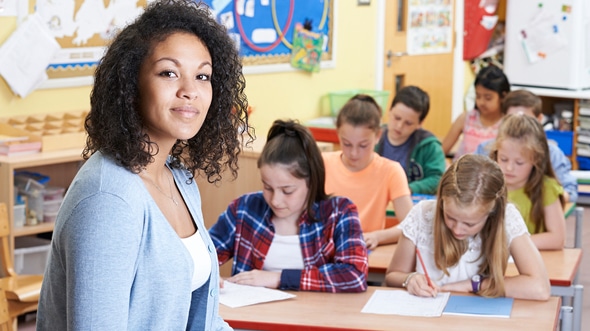Hopefully, by Fall 2020, our classrooms will be back to “normal.” We will be in our traditional school environment, standing in front of our students, teaching standard subjects and encountering daily challenges and joys.
While many schools across the country have suspended classes for the remainder of the 2019-2020 school year or are finishing up in an online setting, now is the perfect time to brush up on skills that we may have been neglecting due to lack of time or inclination.
One area where many educators struggle is how to handle an all-inclusive classroom. Conventional learning situations often do not apply to individuals with special needs. Take the opportunity now to develop strategies you can implement later for students in your class who are on the autism spectrum, have attention deficit disorders, or other learning disabilities.
Children of all ability levels will thrive when you utilize these simple yet effective tools.
- Post the list of class rules in a prominent location and review them often. Keep them simple and easy to follow with clear consequences outlined.
- Utilize visual aids that include images, graphs, charts, computer programs, and videos.
- Follow a daily schedule and announce changes in advance whenever possible.
- Peer tutoring has benefits for special needs students and the tutors.
- Incorporate social skills into daily learning.
- Focus on everyone’s strengths rather than their weaknesses.
- Take short breaks between subjects. Sing a song, do some exercises, have a chat session.
For comprehensive preparation for running a strong inclusive classroom with children who have intellectual, behavioral, emotional, or psychological disorders, consider taking Prepforward’s online inclusion course. This state-of-the-art program includes classroom management, teaching strategies, tools for technical support, assessment, and lesson planning. Work at your own pace to determine what you can do to provide additional support to students in your general education classrooms. Use this time to add a continuing education class to your resume.

